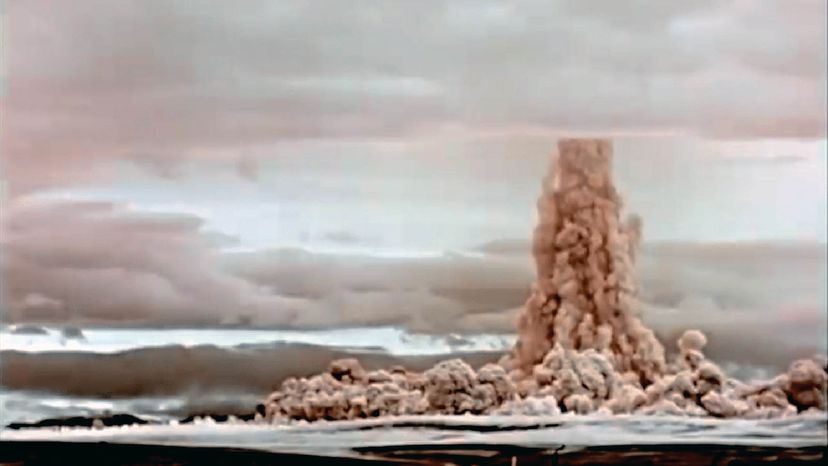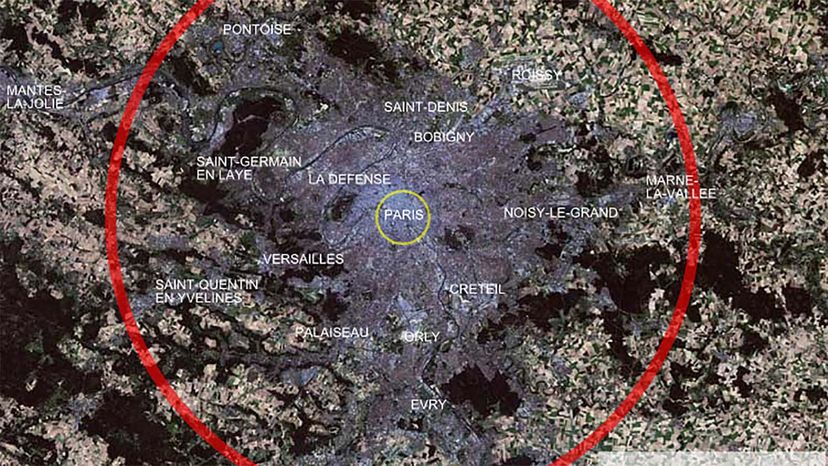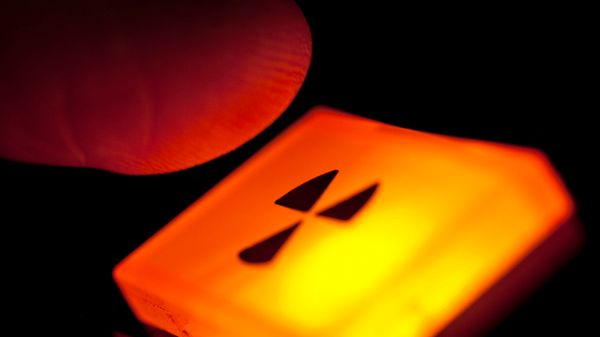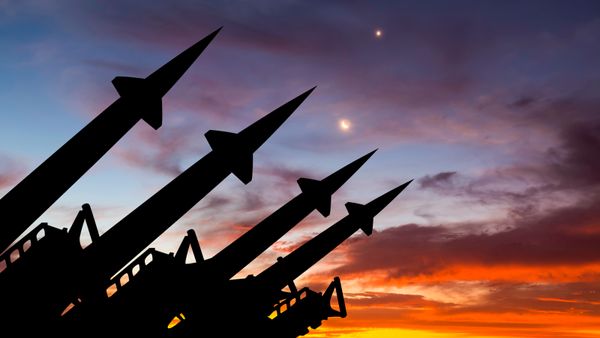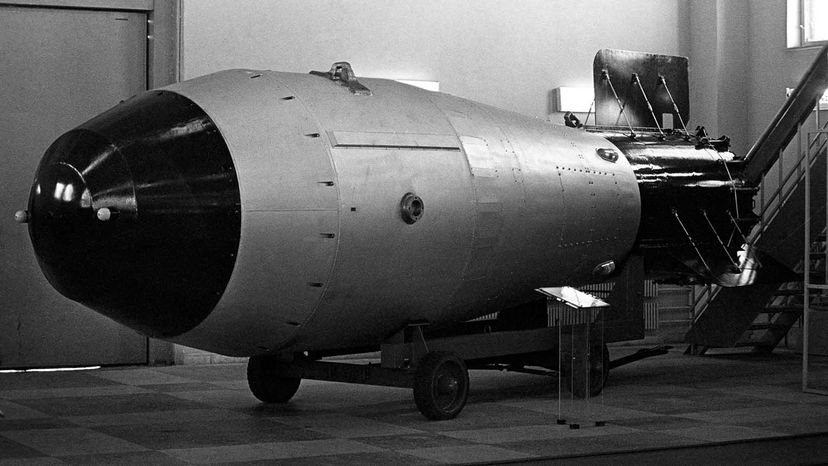
On Oct. 30, 1961, a specially equipped Soviet Tu-95 bomber flew toward Novaya Zemlya, a remote chain of islands in the Arctic Ocean. It was a site that the Soviet Union frequently used for nuclear tests. It was accompanied by a smaller plane equipped with a movie camera and instruments for monitoring air samples and nuclear fallout.
But this wasn't just a routine nuclear test. Attached to the underside of the plane was a thermonuclear bomb that was so big it wouldn't fit inside the normal interior bomb bay. The cylindrical device was 26 feet (8 meters) long and weighed nearly 59,525 pounds (27 metric tons).
Advertisement
The nuclear bomb had the prosaic official name of izdeliye 602 ("item 602"), but it's gone down in history with the nickname of Tsar Bomba — the Russian way of calling it the emperor of nuclear bombs.
That name was no exaggeration. Tsar Bomba's yield is estimated to have been roughly 57 megatons, about 1,500 times the combined power of the atomic bombs that destroyed Hiroshima and Nagasaki during World War II.
On that day in 1961, it was released on a parachute in order to slow its descent and give the bomber and its crew and observer planes time to escape.
When the giant bomb finally detonated about 13,000 feet (4 kilometers) over its target, the blast was so powerful that it destroyed everything within a nearly 22-mile (35-kilometer) radius, and generated a mushroom cloud that towered nearly 200,000 feet (60 kilometers).
In Soviet towns 100 miles (160 kilometers) from ground zero, wooden houses were destroyed, and brick and stone structures suffered damage.
After being largely forgotten for many years, Tsar Bomba was back in the news in August 2020, when Russian state nuclear power company Rosatom posted on YouTube a vintage film that showed an aerial view of the explosion and the towering mushroom cloud it created.
A Soviet cameraman who recorded the event described the bomb as creating "a powerful flash over the horizon and after a long period of time he heard a remote, indistinct and heavy blow, as if the Earth has been killed." The blast was so powerful that its shock wave caused the release plane to immediately drop 3,281 feet (1 kilometer) in altitude, though the pilot regained control and got the plane back to its base safely.
Advertisement
